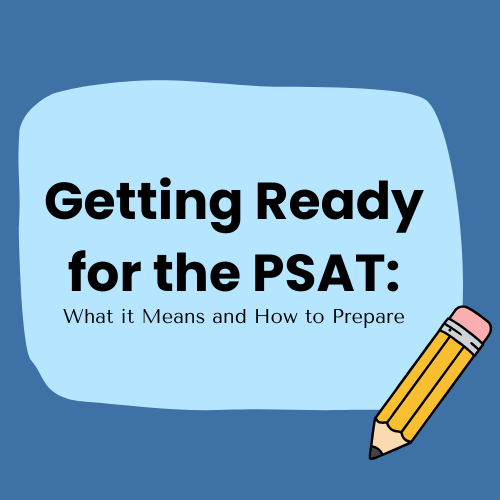In early 2022, CollegeBoard announced that starting in October of 2023, the PSAT will officially switch to a digital format and the pencil and paper version of the test will be phased out. CollegeBoard introduced this change to improve the overall testing experience. The new digital PSAT is intended to be easier to take, more secure, and more relevant.
Several aspects of the test have changed to comply with the new digital format. One controversial change is the introduction of multistage adaptive testing. Instead of having just one part for each section of the test, the sections will be divided into two equally timed parts where the questions students receive in the second part are determined solely by their performance on the first part. Many students are irritated with this new rule as they deem it unfair.
“I think everyone should get the same questions like in the paper and pencil version,” sophomore Sandra Venney said. “This way no one has an unfair advantage and the scores are more accurate.”
A challenge multiple students faced while taking their tests was technical difficulties. This, of course, was a scenario CollegeBoard was aware could be possible, but students found it frustrating to focus on their test when there were numerous interruptions.
“My iPad glitched multiple times while taking the new digital PSAT,” junior Patricia Farinas said. “It was really hard to concentrate on my test when there were constant interruptions and problems I had to take care of.”
While the digital PSAT will take some time to get used to, it does come with its advantages, one being the convenience aspect. The digital test is significantly shorter than the pencil and paper version with it lasting 2 hours and 14 minutes as opposed to close to 3 hours. In addition to it taking less time, since the digital tests get sent out to be graded immediately, scores also come out much quicker.
“I liked how fast I got my score,” sophomore Fabiana Lara said. “Last year I was really stressed and anxious to see my score because it took so long to be released, but this year I didn’t have that problem since it only took about a month.”
Since students did not know what to expect while taking the new digital PSAT, some felt as if they were not prepared enough and could’ve gotten better scores if they had resources to prepare with, like they did with the paper and pencil PSAT. This can be seen in the school’s average scores this year compared to last year’s.
In the math section, students got an average of 498, compared to last year when students got an average of 492. The only significant change to the PSAT math section was the addition of a built-in calculator that can be used throughout the whole section, which seemed to have a positive impact on scores.
“I really liked the new built-in calculator because it meant that I didn’t have to keep switching from my personal calculator to my test and I saved time because of it,” junior Natalie Pando said.
In the reading/writing section of the test, students achieved an average of 538, compared to last year when students got an average of 550. A notable change that occurred in this section was the shortening of the reading passages. Students were obviously not used to the shorter passages and that was reflected in their scores.
“I didn’t know that the passages were going to be so short so it shocked me when I started the section because I was so used to the longer passages,” junior Antonella Rojo said. “I feel as if I could’ve done a lot better in the section if I would’ve prepared more for the new format.”
The digital PSAT may be frustrating at times but it seems as if CollegeBoard won’t be making the switch back to paper and pencil format anytime soon. Students are encouraged to embrace the new test and practice more in the sections they are struggling with the most.














